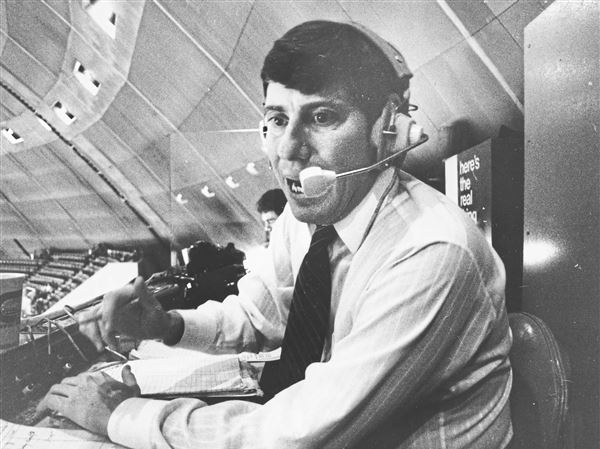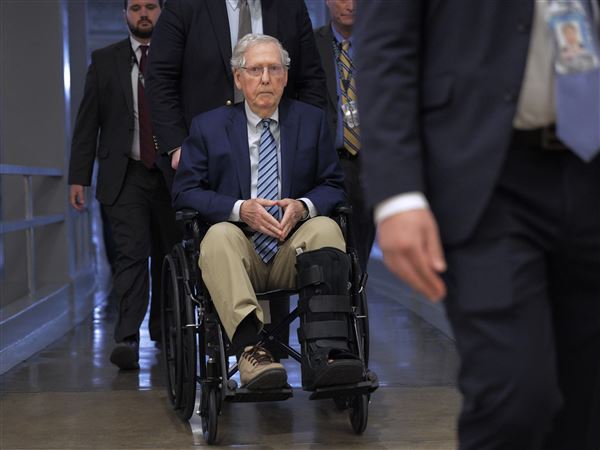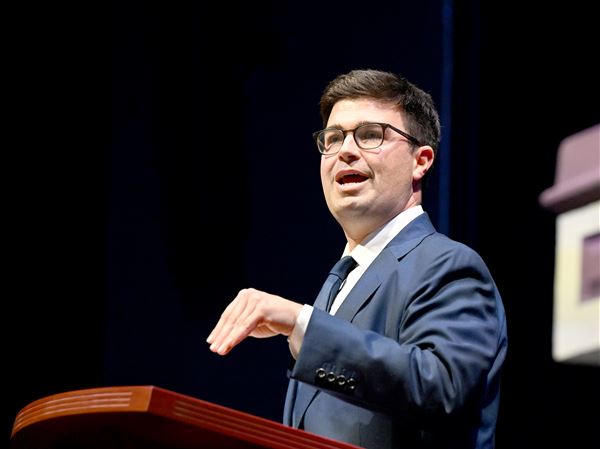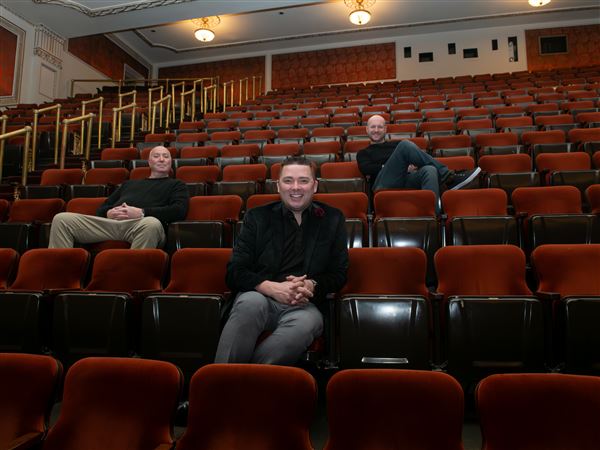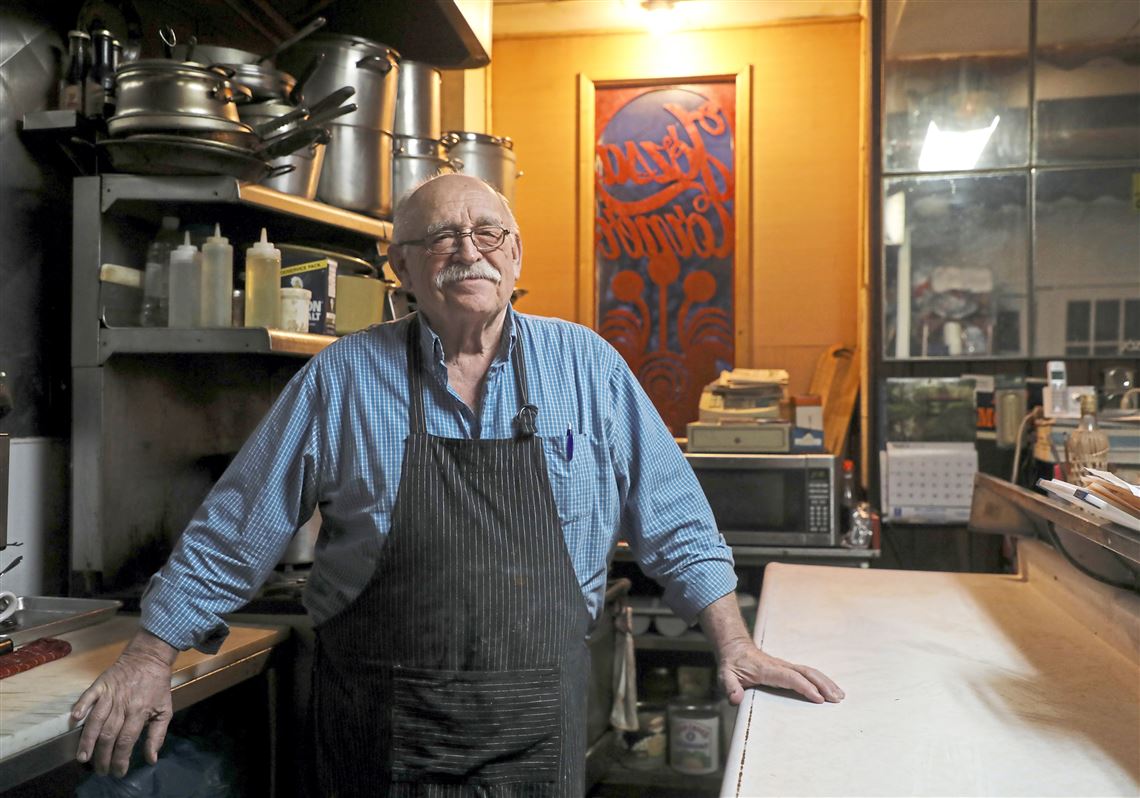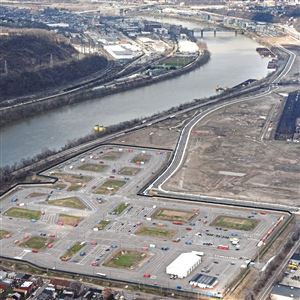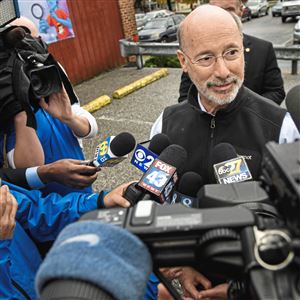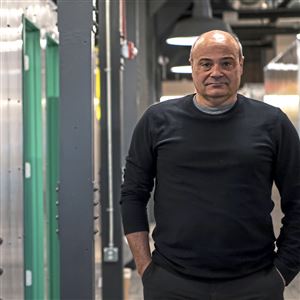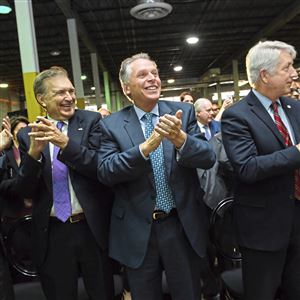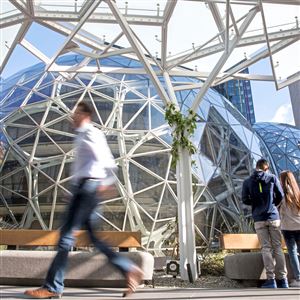Forget the sour grapes. Amazon’s decision to bypass Pittsburgh may just turn out to be the kick in the pants the city needs to up its game, residents and business leaders said Tuesday.
Amazon’s economic development prize of a lifetime will go to New York and Virginia, the Seattle-based online sales juggernaut announced Tuesday. That means it won’t go to Pittsburgh neighborhoods like historic Hazelwood and the Strip District, which were among the sites Amazon eyed when it was checking out the region HQ2 .
Getting jilted may not be a bad thing, said Rob Pfaffmann, founder of Downtown architectural firm Pfaffmann + Associates, whose projects include an affordable housing initiative in the city’s Garfield section.
The rejection may just be the spark Pittsburgh needs to begin serious discussions about improving public transportation to struggling Hazelwood and affordable housing citywide.
“Having a city that grows slowly is a healthy city,” said Mr. Pfaffmann, 62. “You don’t have overheated markets” and the headaches that come with rising housing costs, strained public transportation and traffic-clogged roads.
He doesn’t think it’s a bad thing that the competition focused a spotlight on some issues that Pittsburgh needs to work on. “Rabble-rousing is necessary in getting public officials to get everything, not just Amazon,” he said.
Moreover, the Washington, D.C., metro area is only a five-hour drive, so the planned Crystal City headquarters in Arlington will likely lean on Pittsburgh for tech talent, products and services, Mr. Pfaffmann said.
Having so many jobs here tied to one business might have been risky, he said. Didn’t Pittsburgh once become overly dependent on a single industry (steel) only to face economic hardship when (1980s) the market collapsed?
A chance to reinvent Hazelwood
Knocking Pittsburgh out of consideration for this particular development creates the opportunity to reinvent Hazelwood, incorporating the Monongahela River as a community asset, said Alex Bodnar, owner of Jozsa Corner, a Hungarian restaurant on Second Avenue.
County officials had touted the neighborhood’s 178-acre Hazelwood Green, a one-time steelmaking and coking center, as an option for the Amazon headquarters. But the idea may have been a stretch: Hazelwood’s last full-service grocery store closed more than 10 years ago and since the closing of the sprawling J&L Steel complex in 1998, the population of the town withered to about 5,000 from 17,308 in 1960.
But Mr. Bodnar and others worried the plan would continue to restrict the neighborhood’s access to the river for recreation while stifling economic development that riverfront development would bring.
“The biggest problem for the last, almost 70 years, has been very bad planning,” said Mr. Bodnar, who is 76. “This community is two thirds wrapped around by the river. Properly planned, Hazelwood could be bigger and better than Shadyside could ever be. This area could flourish.”
In the end, building a workforce of 50,000 — the number of employees that Amazon had initially planned for its second headquarters location — might have created infrastructure headaches, he said.
“I don’t know: it could’ve been good; it could’ve been disastrous. These are pretty narrow streets,” Mr. Bodnar said.
Amazon’s very public approach to finding a new place for corporate offices had worried Hazelwood resident Heather Mull, a freelance photographer. She expects that Amazon’s strategy in bidding up taxpayer-funded sweeteners will become standard practice.
“What they’ve done is give the blueprint to every other corporation for how to push around and manipulate every other city and public official to solicit tax breaks for projects,” said Ms. Mull, 49. “It’s pitting city against region. What they did was a sham and we all know it’s going to happen again.”

Ruining the Strip?
Across town, in the historic Strip District, the reaction to Amazon’s decision was similar to that in Hazelwood.
In recent years, the Strip has transformed from its gritty roots into a robotics and artificial intelligence powerhouse, with new offices for Facebook, Apple, Uber, Argo AI and Robert Bosch LLC.
Had Amazon set up shop, it would’ve forever changed the identity of the neighborhood once known as a produce distribution center, said Chuck Hammel, president of logistics and trucking firm Pitt Ohio, a Strip District icon since the 1960s.
“It would’ve changed the whole complexion and that wouldn’t have been a good thing,” said Mr. Hammel, 62.
Amazon’s economic boost to the city would’ve been good for the tax base and rental housing, of course. “But would we still be truly Pittsburgh with 50,000 people from other areas?” he said. “I’m not a bit disappointed.”
The early buzz about a second headquarters in Pittsburgh had given way to serious concerns about the Seattle company’s potential impact on the city’s infrastructure, said Sam Patti, owner of La Prima Expresso Co., a Strip District coffee bar and fixture since 1988.
“Everybody was saying, ‘Wow, that’s great’” when Amazon first expressed interest in Pittsburgh, said Mr. Patti, 71.
But the excitement faded in the face of worries about strained public transportation, housing and other issues that landing such a big employer would mean.
In addition, elected officials and local economic development organizations have been refusing to disclose details of the incentive package offered to Amazon — something Mr. Patti said he was never comfortable with. Officials have said portions of the plan will be released Thursday.
“Pittsburgh will be fine,” Mr. Patti said. “We’re so lucky to have the hospitals and Carnegie Mellon University and Pitt and the other universities.”
Amazon, he added, is “going to look to us for a lot of the things they need.”
Kris B. Mamula: kmamula@post-gazette.com or 412-263-1699
First Published: November 13, 2018, 8:58 p.m.
